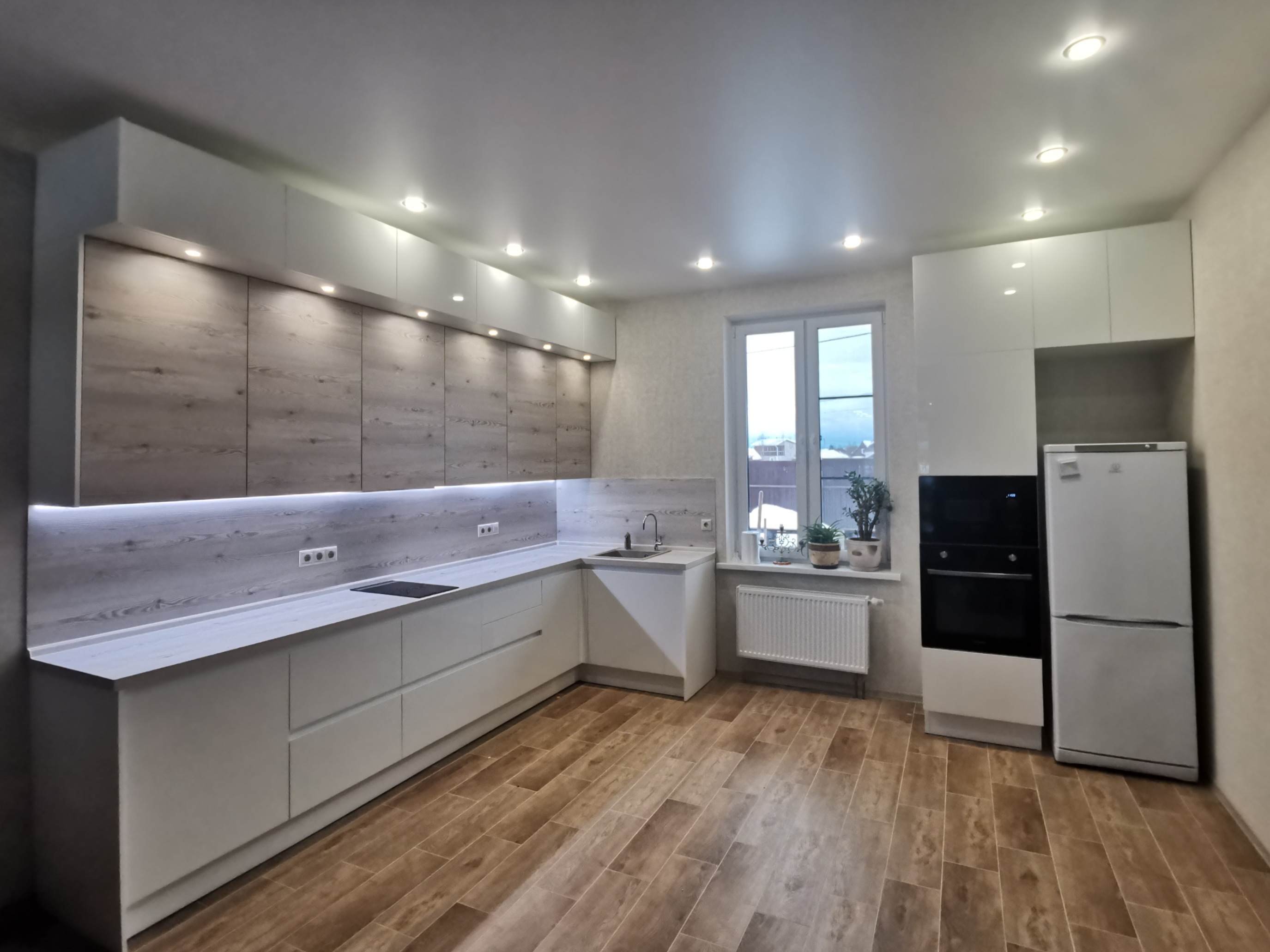
Reimagining Culinary Spaces: The Intersection of Elegance and Functionality
In the ever-evolving world of interior design, the kitchen has transitioned from a purely functional space to a central hub of home and entertainment. The concept of 'Culinary Spaces Redefined Elegantly' seeks to blend aesthetics with practicality in a manner that both inspires the home chef and welcomes guests with a warm embrace. This fusion of high-end design and usability creates an environment where cooking and socializing coexist in harmony.
The Essence of Modern Culinary Spaces
Modern culinary spaces are a testament to sleek design and cutting-edge technology. A minimalist approach with clean lines and clutter-free surfaces is often embraced to emphasize a sense of sophistication. Yet, the true essence of these spaces is not just in their appearance but in their ability to facilitate effortless cooking experiences. State-of-the-art appliances, intelligent storage solutions, and durable materials are the cornerstones upon which these elegant kitchens stand.
Integrating Technology Seamlessly
The kitchen of the future is one that incorporates technology in a way that is practically invisible. From smart ovens that can be preheated remotely to refrigerators that manage grocery lists, these advancements are designed to streamline the culinary process. The elegance here lies not only in the innovation but in the seamless way technology is integrated into the overall design, preserving the visual flow and sophistication of the space.
The Art of Material Selection
Choosing the right materials is pivotal in defining the elegance of culinary spaces. A combination of natural stones, such as marble and granite for countertops and backsplashes, along with high-quality woods or lacquered finishes for cabinetry, invokes a sense of timeless luxury. The interplay of textures and materials can create a tactile dimension that enhances the overall experience of the space, inviting touch and exploration.
Lighting: Setting the Mood and Functionality
Appropriate lighting is a critical aspect of culinary space design. Task lighting ensures that work areas are well-lit for food preparation, while ambient lighting can set the mood for intimate dinners or social gatherings. The elegance in lighting design is in the ability to adjust these settings, often through smart home systems, to complement the time of day or the desired ambience. Sculptural light fixtures can also act as focal points, adding to the aesthetic appeal of the kitchen.
Fluidity in Layouts
An elegant culinary space is one that promotes a fluid transition between cooking, dining, and living areas. Open-plan layouts are favored to encourage interaction and movement, with kitchen islands often serving as the nucleus of activity. These islands provide additional workspace, incorporate casual seating, and can be beautifully crafted to become standout design pieces themselves. The layout should cater to both the solitary cook and the social host, proving that elegance does not compromise on functionality.
Culinary Spaces: Beyond the Aesthetic
While the visual components of a culinary space are what first catch the eye, it is the attention to detail and personalized touches that truly redefine its elegance. Ergonomic design, customized storage solutions, and thoughtful spaces for family heirlooms or personal collections can transform a kitchen into a unique reflection of the individuals who use it. In these reimagined culinary spaces, elegance is not only about looking the part but living it fully through every meal prepared and every moment shared within its bounds.